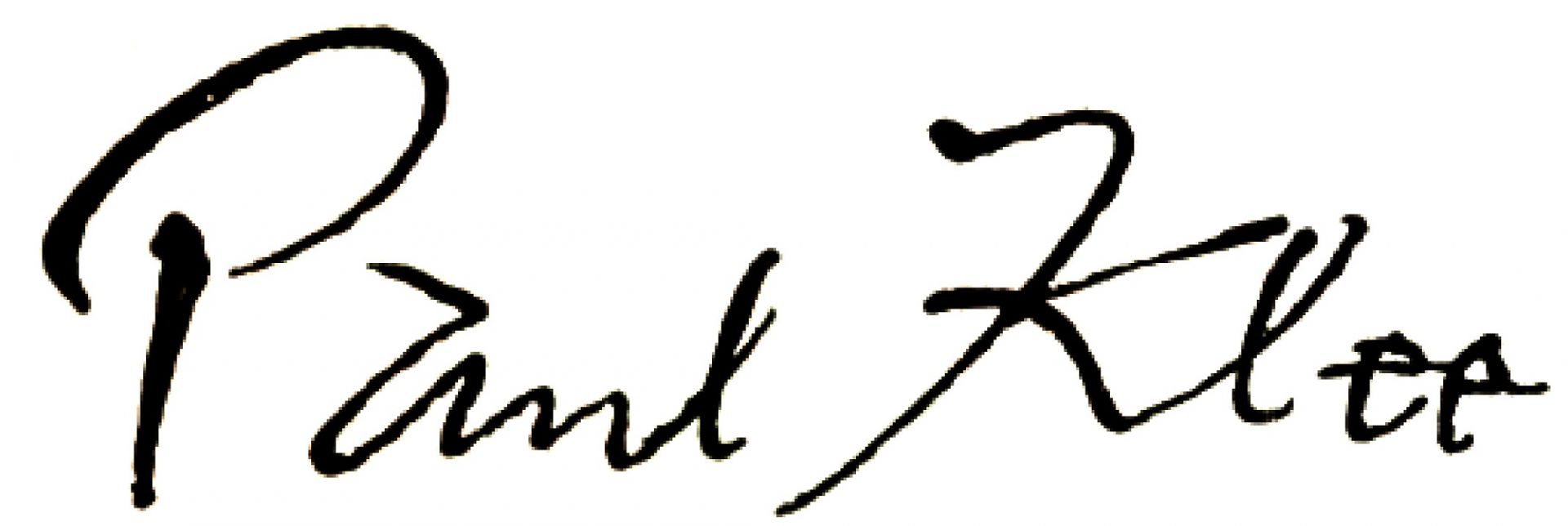Paul Klee
1879-1940
Any questions?
contact@mr-expert.com
Do you have a piece by Paul Klee in your possession and would like to know its value? Our Experts will carry out a free appraisal of your piece, provide you with an estimate of the market price, and then help you to sell at the best possible price.
Status, estimation and prices of the artist Paul Klee
Price of a painting by the artist: 16,000 – 4 100,000 €.
Estimation of a drawing by the artist: 10,100 – 1,300,000 €.
Estimation of a print by the artist: 30 – 320,000 €.
Price of one of the artist’s tapestries: 130 – 5 300 €.
If you would like to have a work by Paul Klee appraised, our experts will take care of everything.
Education and encounters
Paul Klee is a German painter, although he identified culturally with Switzerland. He was born on 18 December 1879 in Bern and died on 29 June 1940 in Locarno, Switzerland.
Paul Klee was introduced to the use of brushes, pencil and lead at a very early age by his grandmother. At the age of seven he studied the violin and soon became a member of the orchestra of the Bern Music Society. At secondary school Paul Klee turned to irreverent caricatures and upon graduating in 1898 he joined Heinrich Knirr’s studio where he studied figurative drawing. Paul Klee was admitted to the Academy of Fine Arts in Munich in 1900. The painter took advantage of his studies to learn about art history, anatomy as well as engraving and sculpture. Paul Klee travelled to Italy, Germany and also to Paris where he met Manet, Monet, Renoir, Velásquez and Goya. He returned to Munich in 1906 to marry Lily Stumpf, with whom he had a son, Felix, a year later. 1910 is the year of exhibitions for Paul Klee; at the Museum of Fine Arts in Bern, the Kunsthaus in Zurich and at the Winterthur gallery, where he presented some fifty works. He befriended Wassily Kandinsky in 1911.
Teaching and exhibitions
Paul Klee co-founded “The New Munich Secession” with Kandinsky, Munter and Kanoldt in 1914. This year was also the culmination of his research on colour. He wrote in his diary: “Colour possesses me (…) I am a painter”. He returned to Munich at the beginning of WWI and continued to paint until 1916 when he joined the army in a reserve regiment. This enabled him to continue painting and exhibiting. Paul Klee lectured at the Jena Art Society in 1924 and gave lectures at the Bauhaus school. He also sought to combine painting and music in his works by creating structured works such as a musical score like Rhythm of a Tree in Autumn 1920. However, it was not until 1930 that he managed to create works that combined musical and pictorial elements. In September and October 1933, the exhibition Degenerate Art in Dresden hosted 17 of Klee’s paintings, but in the same year Alfred Hentzen from the National Gallery in Berlin asked to see Klee’s “Certificate of Aryanity” in order to continue exhibiting his works. He then left Germany to settle permanently in Switzerland.
Recognising Paul Klee’s signature
Like many artists, Klee did not sign all of his works. However, you will find below an example of the signatures to give you an idea. Variations of these signatures do exist, do not hesitate to contact one of our experts to formally authenticate a signature.

Appraising and selling a piece by Paul Klee
If you own a piece by Paul Klee or any other object, ask for a free estimate via our online form.
You will then be contacted by a member of our team of experts and auctioneers to give you an independent view of the market price of your piece. In the context of a possible sale, our specialists will also advise you on the different options available to sell your work at the best price.